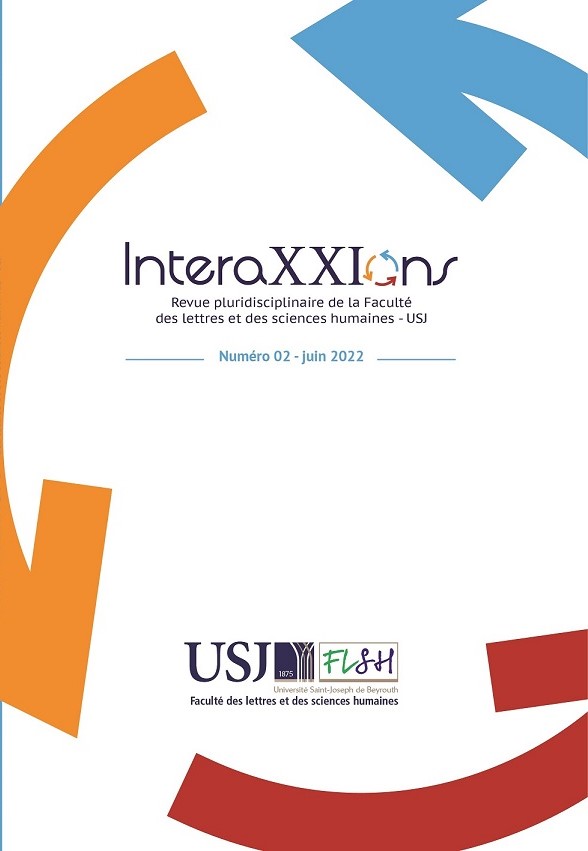Abstract
An international protocol rules the disaster victim identification process. Since the 1980s, INTERPOL has attempted to become the reference by edicting global standards. This article questions this ambition to harmonize practices, particularly during multi-country operations, and compares it with the on-the-ground realities. What was the genesis of this protocol within the international criminal police organization? How were the Belgian and French national units structured? How was the identification procedure tested in practice following the 2004 Asian tsunami? What is the situation after 40 years of international cooperation?

